Conclusion of the YEE Annual Meeting 2024

Overview
During the Annual Meeting in Prague, 22 official delegates from our member organisations gathered to discuss key issues such as strategic planning, member engagement, and future initiatives. The event also included the election of new board members and internal auditors. Additionally, we welcomed three new member organisations into our network and reviewed and voted upon membership cancellations.
Elections
Executive Board 2024/2025
We are pleased to introduce the newly elected Board Members for the 2024/2025 term. Their mandate officially began on 14 July 2024 and will continue for one year. The new board reflects our commitment to geographical and gender balance, ensuring diverse representation of our member organisations.
See the new YEE board members.
Internal Auditors
We are also pleased to introduce our new internal auditors (Alessia Scattaglia and Gzim Zhilivoda), who will play a crucial role in maintaining transparency and accountability within our organisation.
Membership Update
After the Annual Meeting, the YEE network gathers 45 member organisations from 24 countries.
New Member Organisations
We are excited to welcome three new member organisations to our network. Their inclusion strengthens our community and enhances our collective efforts.
The new members of the YEE network are:
- Evergreens from Armenia
- NJN from the Netherlands
- SAEM Georgia Youth EcoMovement from Georgia
Membership Cancellation
The YEE membership committee has reviewed and identified members who have been inactive for the past two years, have not paid membership fees, and have not attended an annual meeting during this period. These members have been notified but have not responded. Consequently, their membership cancellation has been put to a vote.
The YEE membership of all the below organisations have been canceled:
- CliMates, France
- Eco-Unesco , Ireland
- DJN Germany
- SYC, Armenia
- United Vision, Czechia
Further more, Odyssea from Luxembourg requested the cancellation of their membership due to the dissolution of their youth department.
We look forward to a productive year ahead with our new board members, member organisations, and internal auditors!




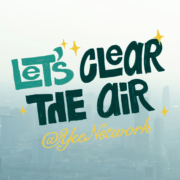


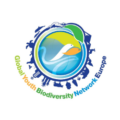
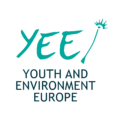
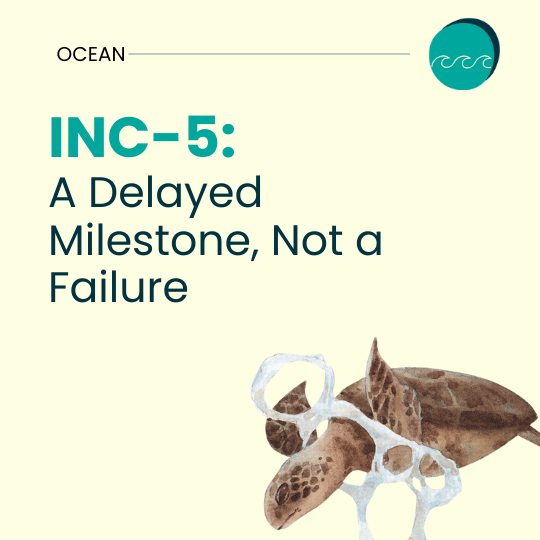
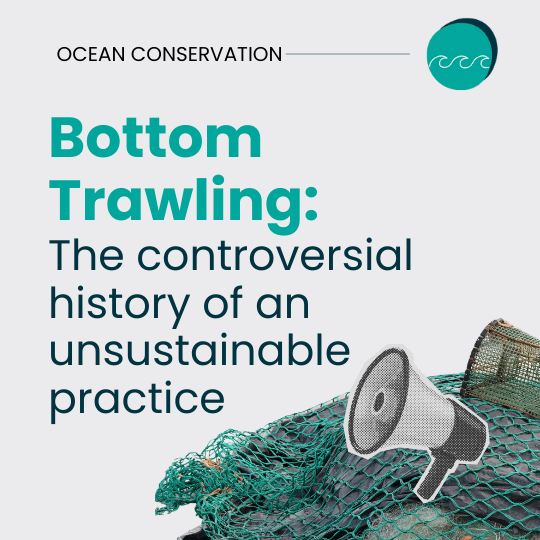
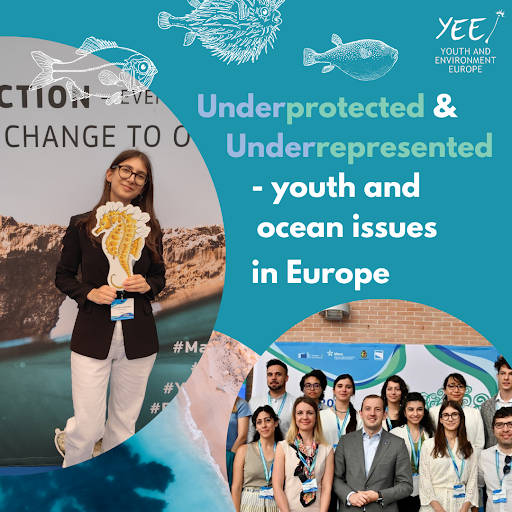
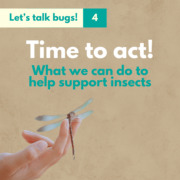

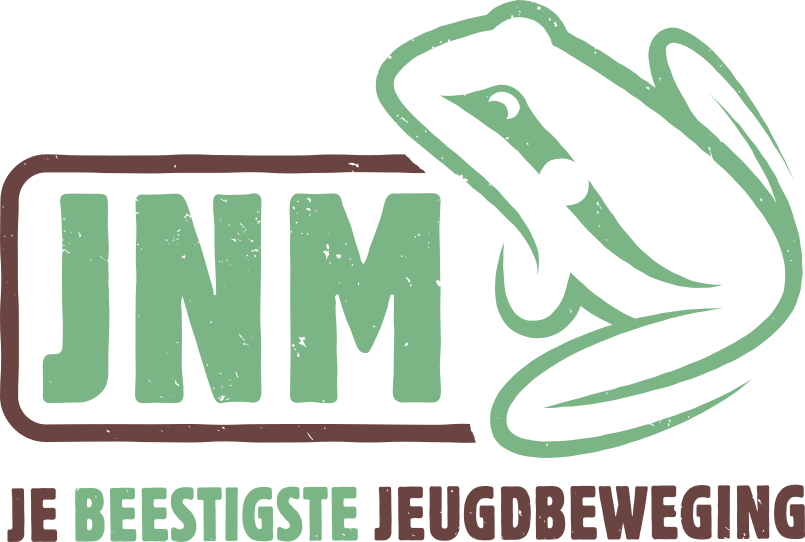
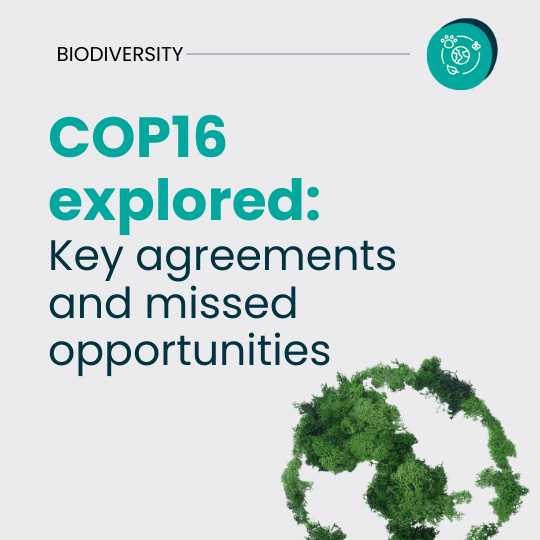
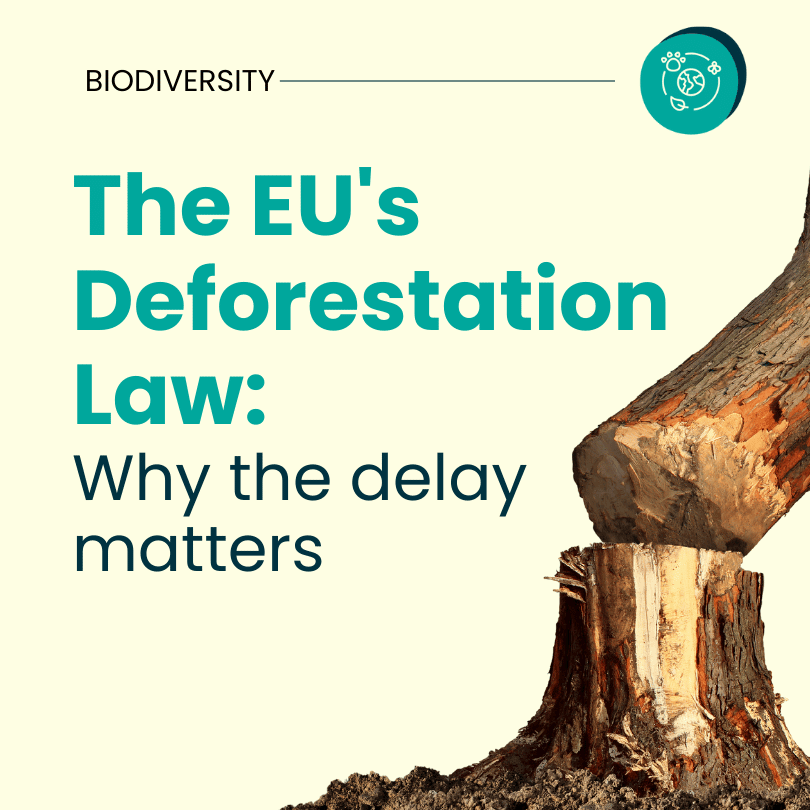
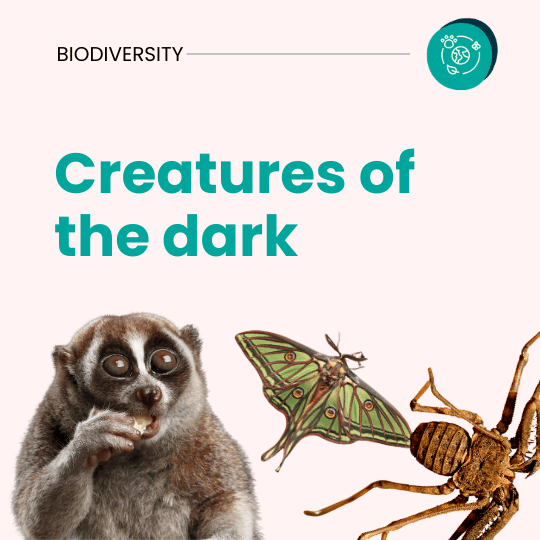
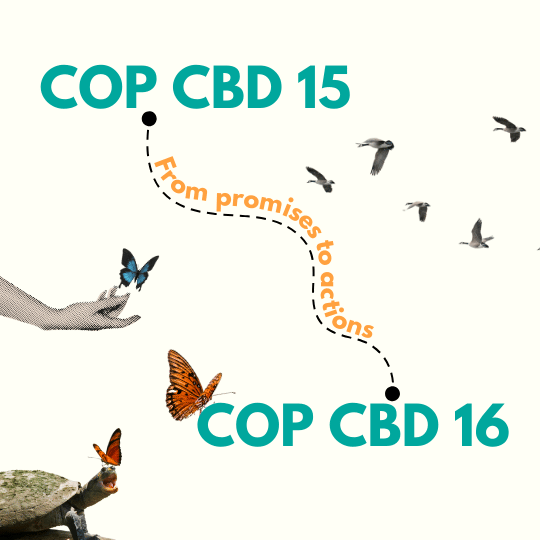
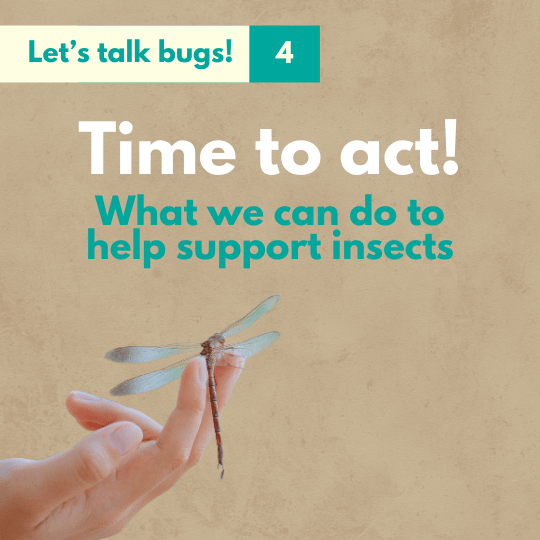
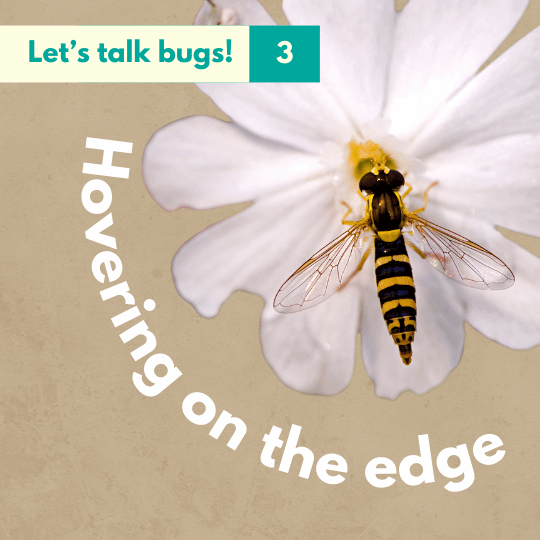

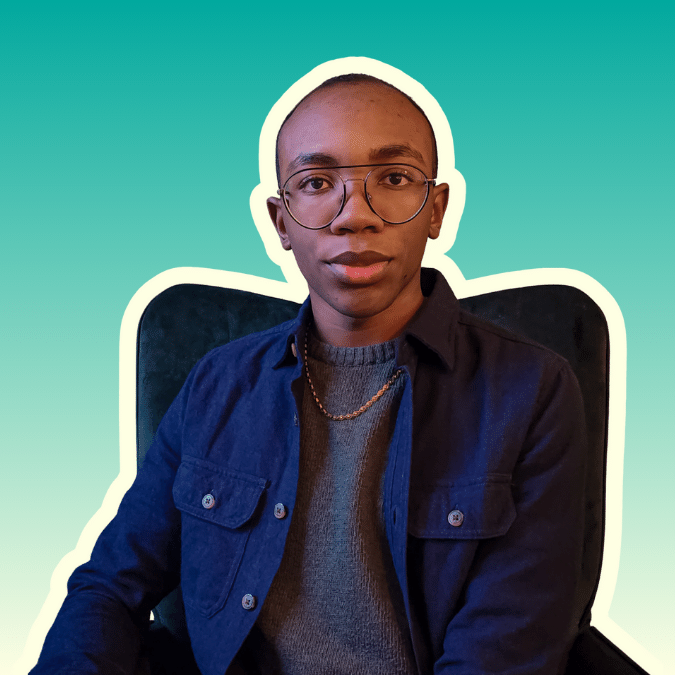



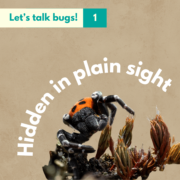
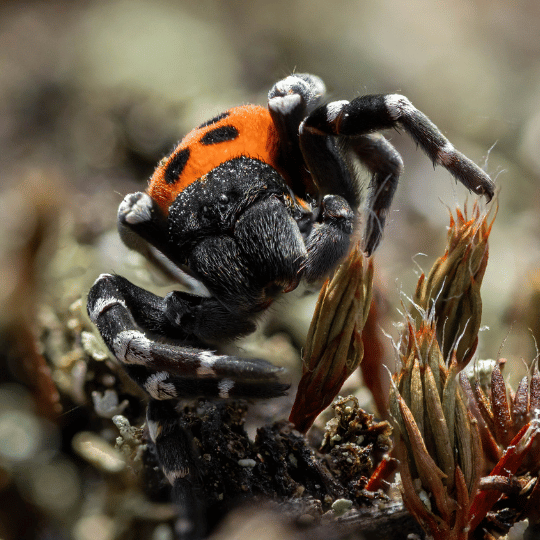
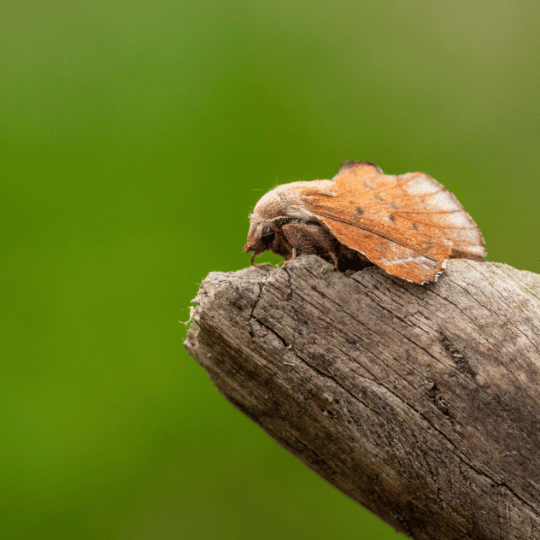
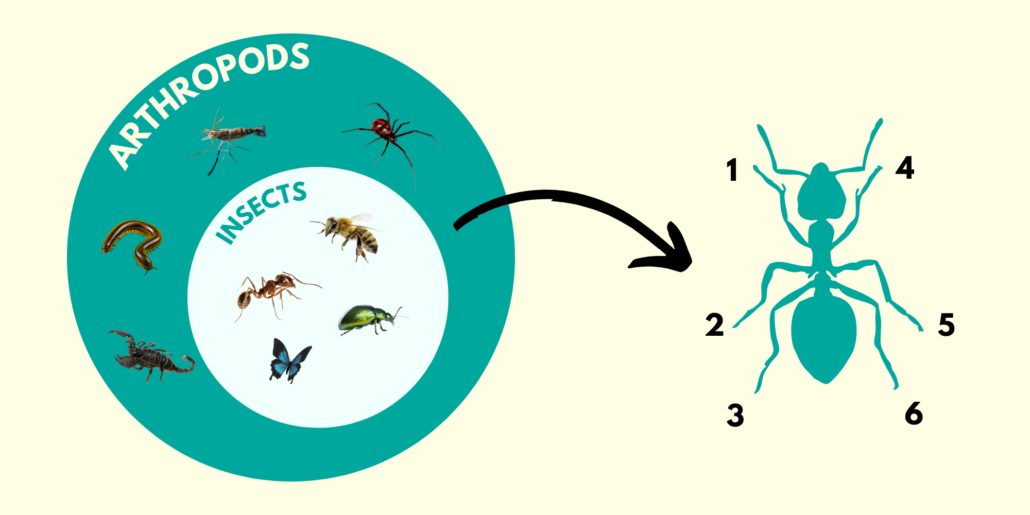
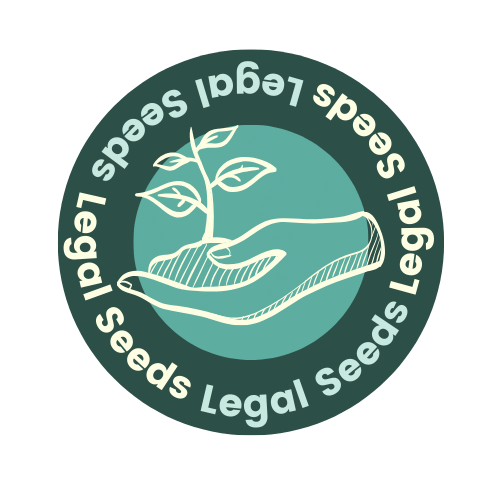
 YEE aims to unite environmental youth non-profit organisations in Europe in order to enhance international cooperation, increase knowledge about the climate crisis, raise awareness of environmental problems and to strengthen participation of youth in environmental decision-making.
YEE aims to unite environmental youth non-profit organisations in Europe in order to enhance international cooperation, increase knowledge about the climate crisis, raise awareness of environmental problems and to strengthen participation of youth in environmental decision-making.

